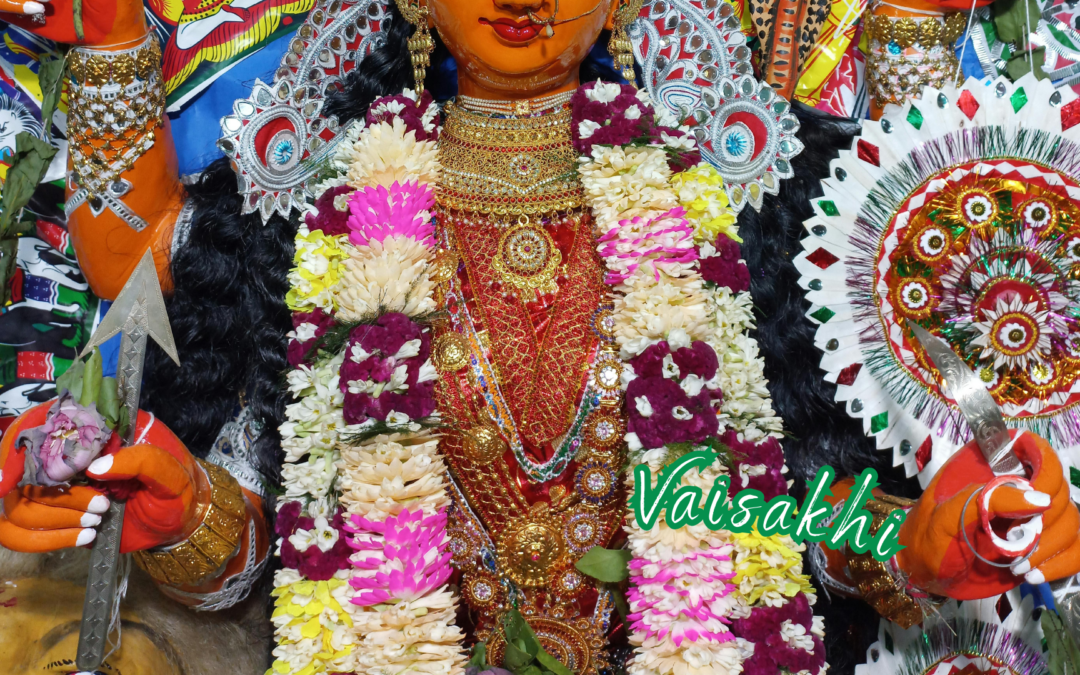Celebrating Vaisakhi with Inclusive Engagement: A Comprehensive Guide
Vaisakhi, also known as Baisakhi, is a significant festival in the Sikh calendar, marking the Punjabi New Year and commemorating the formation of the Khalsa Panth of warriors under Guru Gobind Singh in 1699. It is a day of great historical and religious importance, celebrated with joyous parades, dancing, and singing. Understanding the depth of this celebration is crucial for fostering inclusive engagement within diverse communities and workplaces.
🌍 Inclusive Engagement: The History of Vaisakhi
Vaisakhi has roots that are both agricultural and religious. It signals the harvest time of the rabi crops, making it a pivotal time for farmers. Historically, in 1699, Guru Gobind Singh called Sikhs from all over to the city of Anandpur Sahib. During this gathering, he formed the Khalsa, a community of committed warriors to defend religious freedoms. This historical moment signifies unity, bravery, and the fight for justice, elements that are vital for inclusive engagement today.
🤝 Inclusive Engagement: Celebrating Diversity through Vaisakhi
Vaisakhi supports several dimensions of diversity, including religious, cultural, and social inclusivity. It is a beacon of unity, bringing together people from various backgrounds to celebrate Sikh heritage, bravery, and community service. This event offers a platform for sharing cultural practices and traditions, promoting a deeper understanding and respect among individuals of different backgrounds.
Join the Diversiology community to read the full article and learn how to celebrate Vaisakhi with respect and inclusivity. Discover more, engage deeply, and learn continuously on our platform. Access resources and tools like our comprehensive diversity calendar and immerse yourself in a vibrant community of learners and leaders committed to making a difference – one story, one conversation, one resource at a time.

